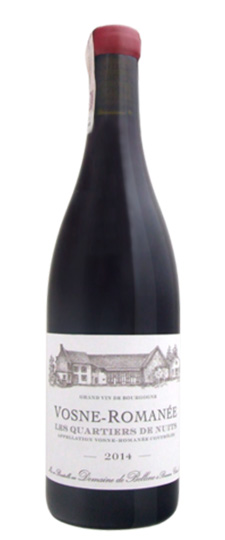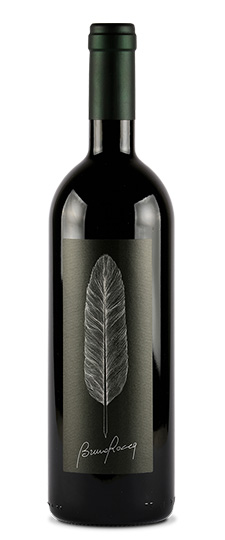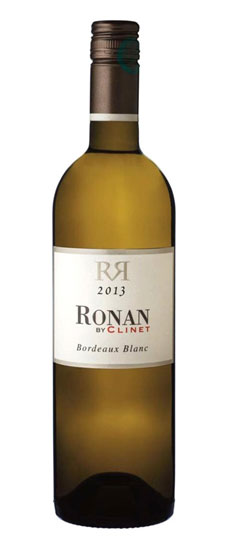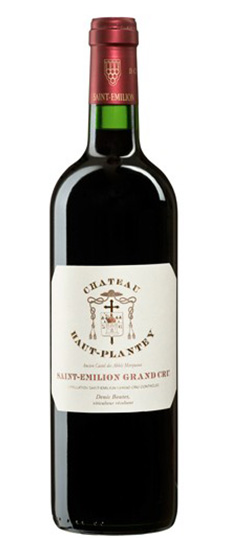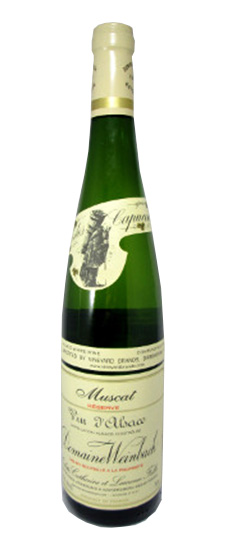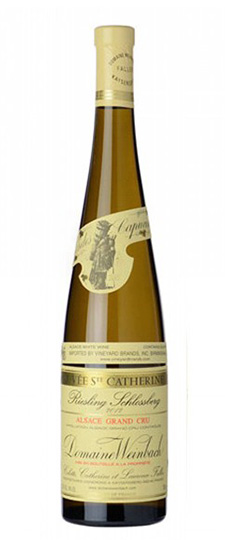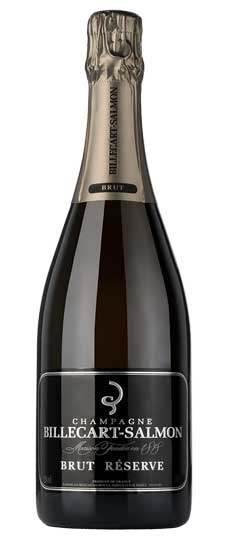Wine Score
Awards
Bronze
Decanter World Wine Awards
Awarded: 2016
Grape Variety
Sauvignon Blanc – Semillon Wine
Sauvignon Blanc – Semillon is a classic white wine blend. It is most widely produced in France (most notably Bordeaux’s Graves district), where both Sauvignon Blanc and Semillon are well-established varieties, and has more recently caught on in Australia (particularly Margaret River). The versatile blend is typically made into crisp, dry wines, but it is also the blend of choice for the world’s most prestigious sweet wine style, Sauternes. The blend is endowed with vibrant acidity and grassy aromas by Sauvignon Blanc, and its structure and mouthfeel from Semillon.
This blend is a modern, simplified version of the classic White Bordeaux Blend, in which Muscadelle, Sauvignon Gris, Ugni Blanc, Colombard and Merlot Blanc may be added to the mix. In the past few decades, consumer demand for fresh, flavor-forward wine styles has led many Bordeaux producers to shun simple, grapey Muscadelle and neutral-scented Ugni Blanc and Colombard. The result has been a shift away from the classic white Bordeaux blend towards the more marketable pairing of Sauvignon Blanc and Semillon.
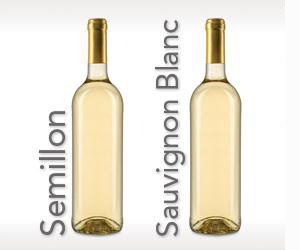 Outside France, Australia’s Margaret River is the New World stronghold of Sauvignon Blanc – Semillon blends. The area has developed a reputation for its “SSB” wines, which few wineries omit from their product range. Rarely restrained, Margaret River SSB wines are marked by notes of lemon and grapefruit underpinned by pungent aromas of grass, straw and fresh asparagus. Over time, they have moved steadily away from the Bordeaux style, and towards that of ever-popular, intensely grassy Marlborough Sauvignon Blanc (see Marlborough).
Outside France, Australia’s Margaret River is the New World stronghold of Sauvignon Blanc – Semillon blends. The area has developed a reputation for its “SSB” wines, which few wineries omit from their product range. Rarely restrained, Margaret River SSB wines are marked by notes of lemon and grapefruit underpinned by pungent aromas of grass, straw and fresh asparagus. Over time, they have moved steadily away from the Bordeaux style, and towards that of ever-popular, intensely grassy Marlborough Sauvignon Blanc (see Marlborough).
Dry Sauvignon – Semillon wines are most often intended for consumption within a few years of vintage, but a handful of the very finest (particularly barrel-matured examples which favor Semillon over Sauvignon) will improve in bottle for a decade or so.
Sweet wines made from this blend are among the world’s longest-lived and most expensive, as exemplified by Sauternes’ legendary Chateau d’Yquem. In Sauternes, and neighboring Barsac, Semillon and Sauvignon grapes are harvested in multiple sweeps (tries successives) through the vineyard, picking only grapes with optimum levels of botrytis. The resulting wines have a luscious, silky texture and rich aromas of candied lemon, marmalade, apricot and honeysuckle.
Food matches for Sauvignon Blanc – Semillon wines include:
- Thin-sliced octopus drizzled with lime (dry)
- Crêpes and caramel cream (sweet)
- Roquefort cheese (sweet)
Region
Bordeaux Wine
Bordeaux, in the southwest of France, needs little introduction as one of the world’s most famous, prestigious and prolific wine regions. Its three trump cards are diversity, quality and quantity.
The majority of Bordeaux wines (nearly 90 percent of production volume) are the dry, medium- and full-bodied red Bordeaux Blends that established its reputation. The finest (and most expensive) of these come from the great châteaux of the Haut-Médoc and the Right Bank appellations Saint-Émilion and Pomerol. The legendary reds are complemented by high-quality white wines, both dry styles (particularly from Pessac-Léognan) and the sweet, botrytized nectars of Sauternes.
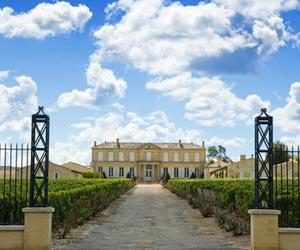
While Bordeaux is well regarded for wines produced within specific areas, many of its wines fall under other, far less ambitious appellations. These include AOC Bordeaux, Bordeaux Supérieur and the sparkling-specific Crémant de Bordeaux. The Bordeaux Rouge appellation accounts for more than one-third of all production.
The official Bordeaux viticultural region stretches for 80 miles (130km) inland from the Atlantic coast. It is home to more than 10,000 producers who turn out a vast quantity of wine each vintage. Total production in 2016, according to official figures, was 577.2 million liters.
This output ranges from inexpensive everyday wines through to some of the world’s most expensive and prestigious labels. Bottles of dry red wine produced under the region’s generic Bordeaux appellation can be bought for just a few dollars. Those from the top châteaux are regularly traded for several thousand dollars. Auction figures and retail prices do not always conform with Bordeaux’s distinct and historically significant classification system, which has remained largely unchanged since the middle of the 19th Century.
Bordeaux’s climate is moderated by its proximity to the Atlantic Ocean and the presence of the various rivers (the Dordogne, the Garonne and the Gironde Estuary into which they flow). The region takes its name (which translates roughly as “next to the waters”) from the port city of Bordeaux, which serves as its logistical and administrative center. The vast expanse of pine forest to the south (La Foret des Landes) protects Bordeaux from strong, salt-bearing winds coming off the Atlantic Ocean, although there is a risk of still winter air getting trapped and bringing frost to the Bordelais vineyards.
With a latitude (45°N) exactly halfway between the equator and the North Pole, summer daytime temperatures hover around 77F (25C), and rarely rise above 86F (30C), while winter temperatures only occasionally dip below freezing. The Médoc peninsula feels the maritime influence particularly strongly; local winemakers talk of the gentle breezes and light clouds that take the edge off even the hottest summer days.
The region’s long, relatively warm summers are ideal for growing late-ripening grape varieties. That is not to say that cool, wet weather in spring and autumn is not a concern here. A fundamental reason that most Bordeaux reds are made from a blend of Merlot and Cabernet Sauvignon is that these two varieties bud, flower and ripen at different times and rates, which spreads the risk posed by poor weather conditions at flowering or harvest. In years when the autumn is wet, the Cabernet Sauvignon harvest suffers from rot and dilution, but the earlier-ripening Merlot provides a back-up. When the spring is wet, the Merlot flowers poorly, leaving the Cabernet Sauvignon to take up the responsibility of providing a good harvest.
Merlot is the most planted red wine grape in the vineyards of Bordeaux, accounting for around 65 percent of all vines, followed by Cabernet Sauvignon at 23 percent, and then Cabernet Franc at 10 percent. Petit Verdot, Malbec and Carmenère are also permitted, but only make up around two percent of the red grape total. These three are grapes which have been largely abandoned (the latter almonst entirely) since the 19th Century, as they failed to ripen reliably, though Malbec has a continued role in Saint-Émilion in single-digit percentages as a color enhancer. Climate change and success achieved elesewhere may yet lead to a partial comeback for one or more of them.
Bordeaux’s white wines are generally blends of Semillon (49 percent of plantings) Sauvignon Blanc, (43 percent) and, less often, Muscadelle (6 percent). A little Sauvignon Gris, the only other permitted white variety, is also cultivated. Sauvignon Blanc has seen some uplift in recent years given the success of varietal wines from New Zealand and other regions.
Few regions can rival Bordeaux in terms of its impact on the wine world. The contenders include Burgundy, Champagne, Rioja, Chianti and Napa Valley.
Producer Notes
A new Bordeaux genre
Ronan by Clinet is an approachable wine that reflects the style and savoir-faire of a prestigious Pomerol winery. It is a fresh, fruit-forward and delicately spiced wine, ready to drink now or age for several years – the perfect choice for a spontaneous after-work treat or a dinner party with friends.
Ronan Laborde
The name behind the wine
RONAN BY CLINET was created in 2009 by Ronan Laborde, CEO of CLINET in Pomerol. In 2015, the team at CLINET placed this project firmly on the map with the construction of a new winery in the heart of Pomerol, dedicated entirely to RONAN BY CLINET, and designed to manage every stage of production from the receipt of the grapes to the shipping of the bottles.

